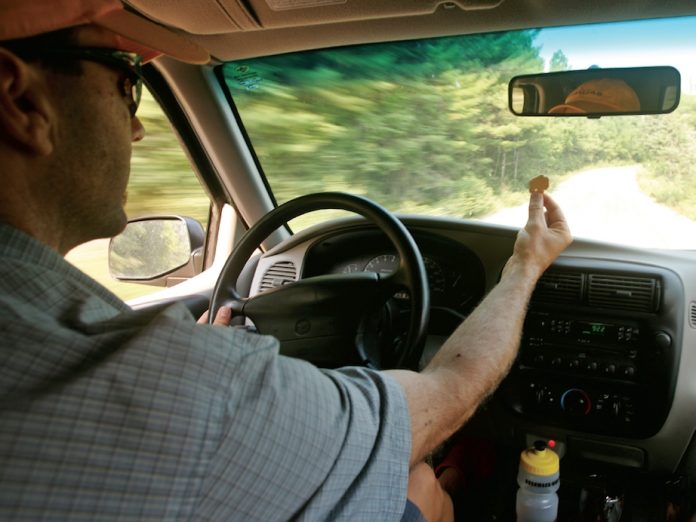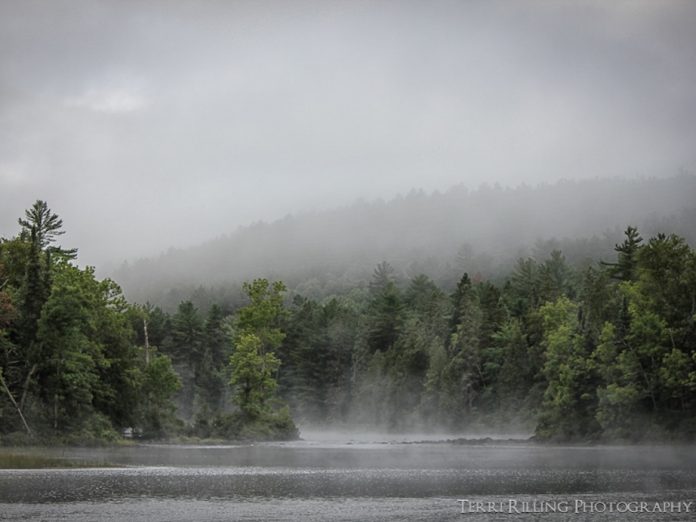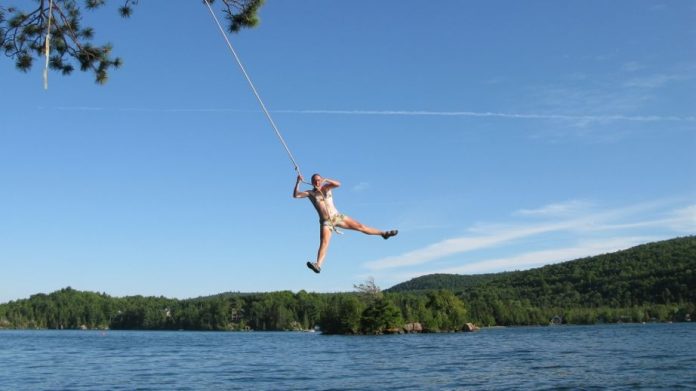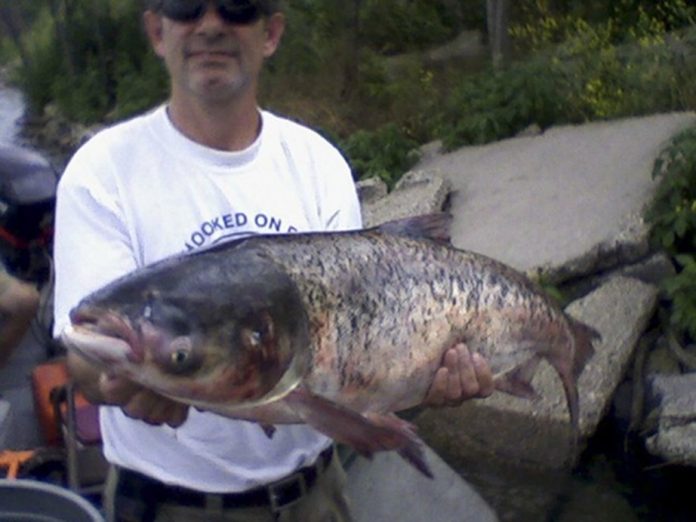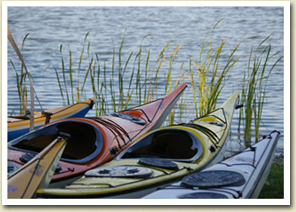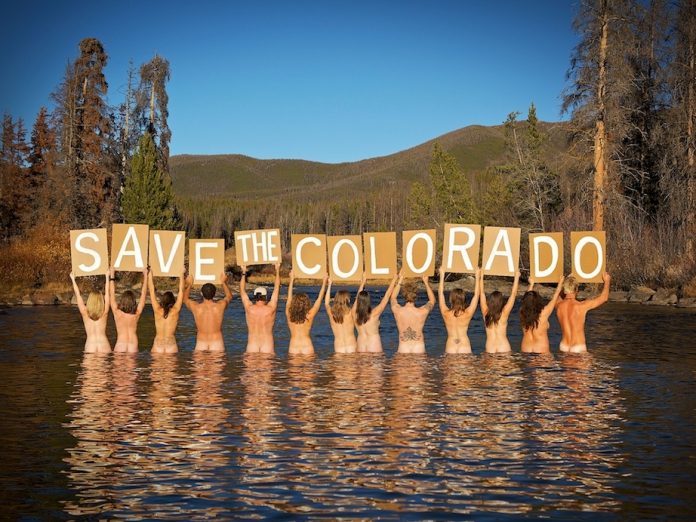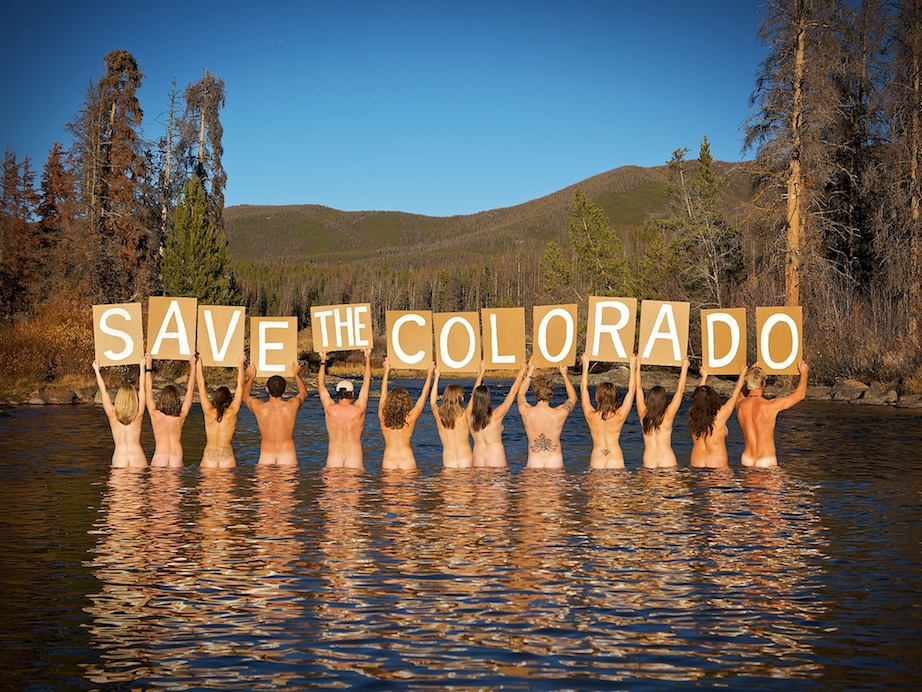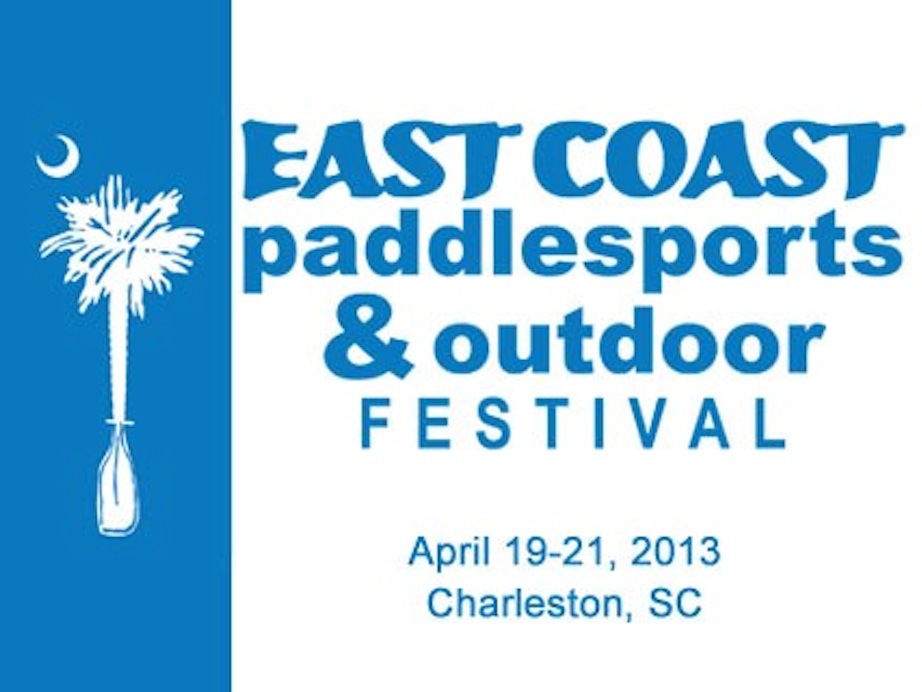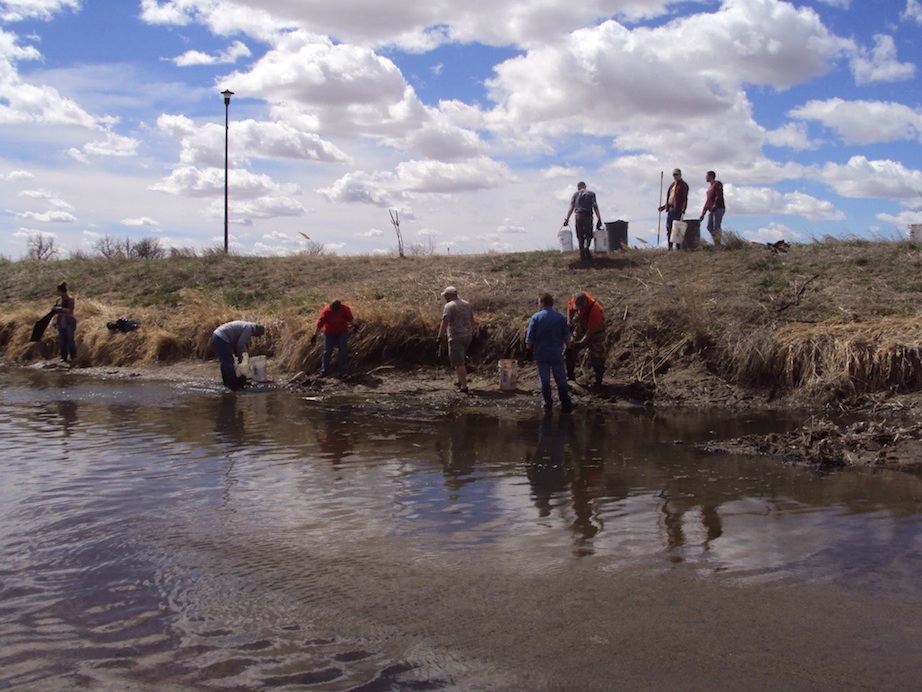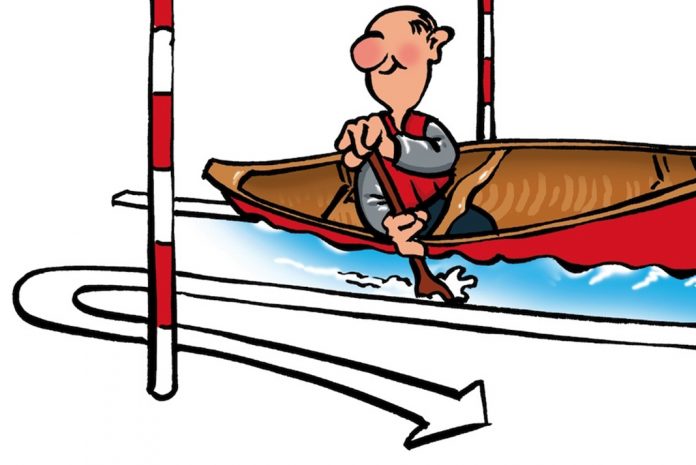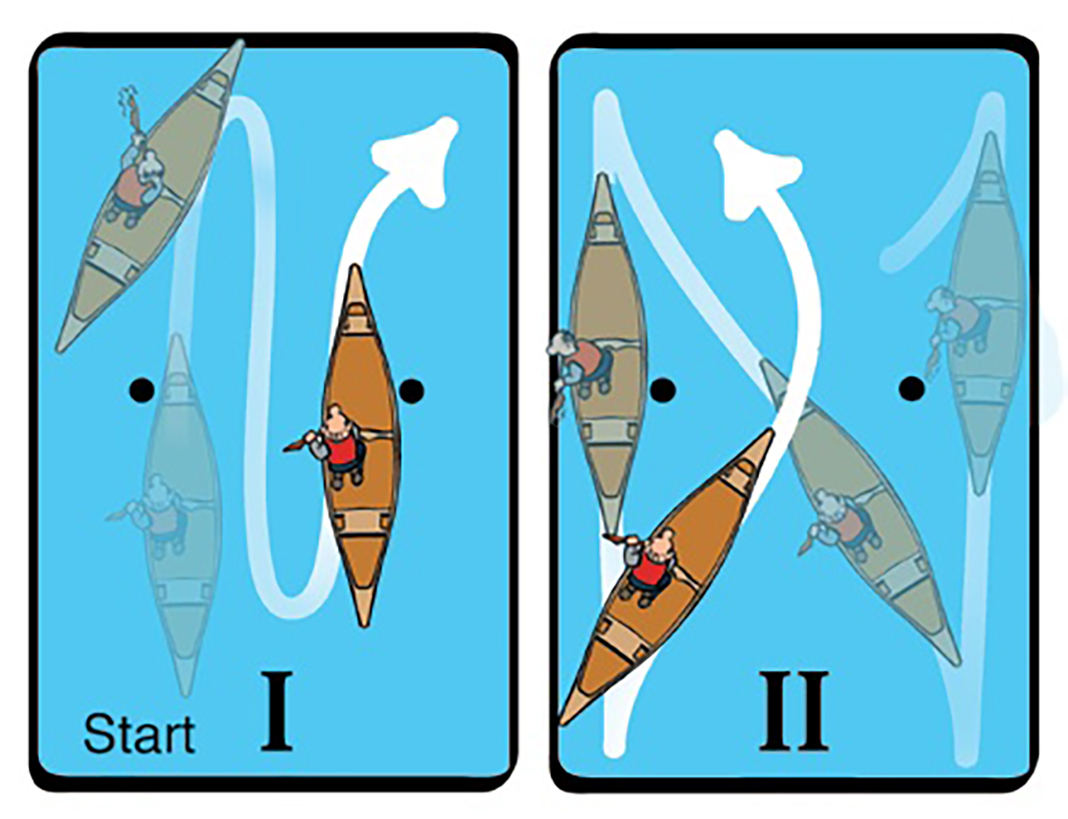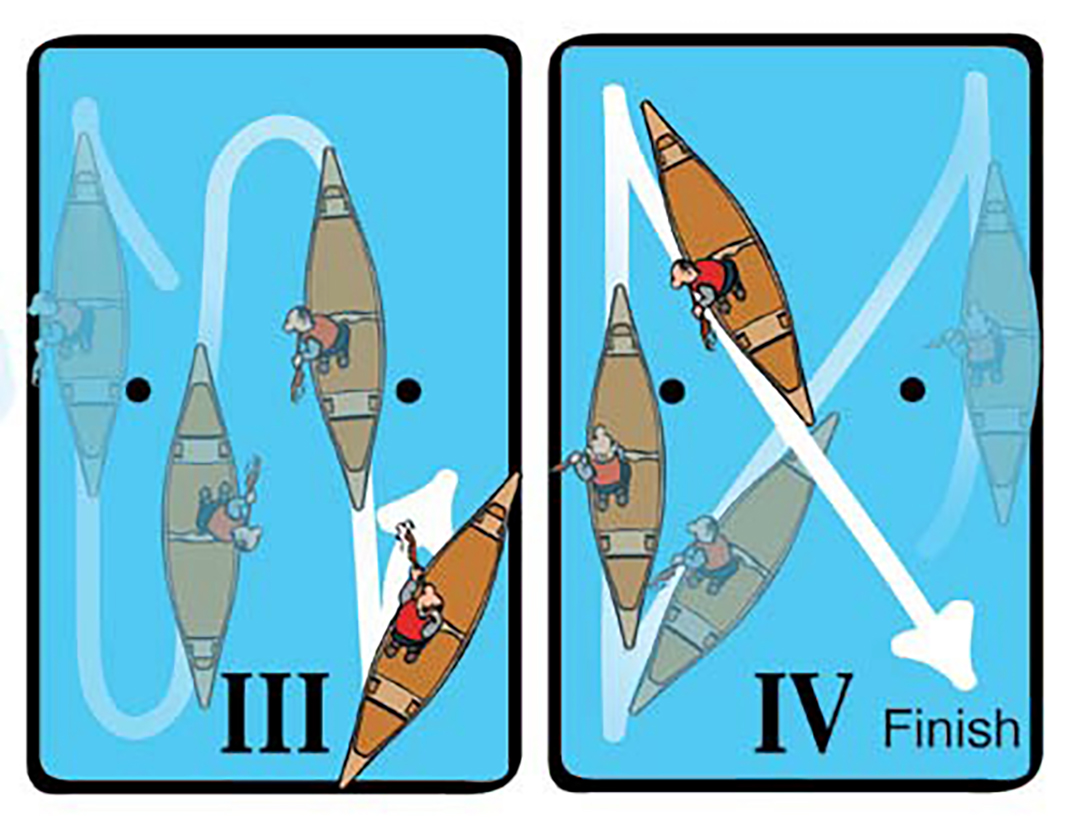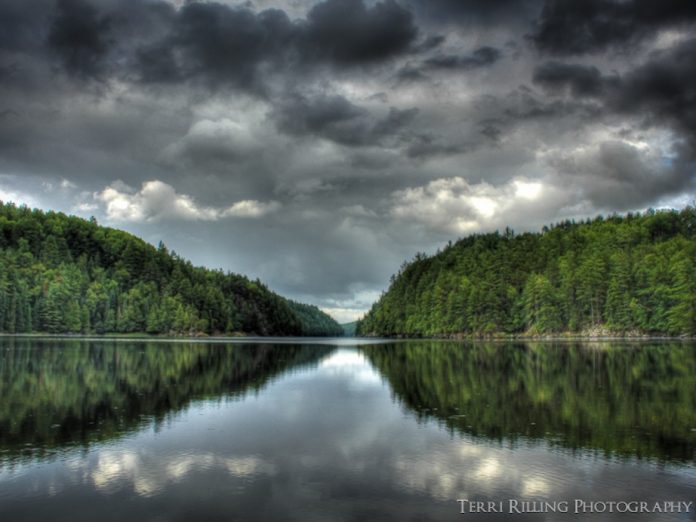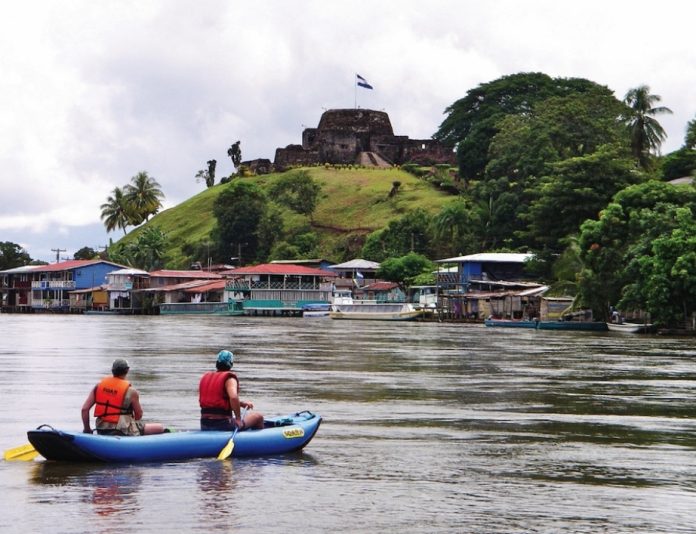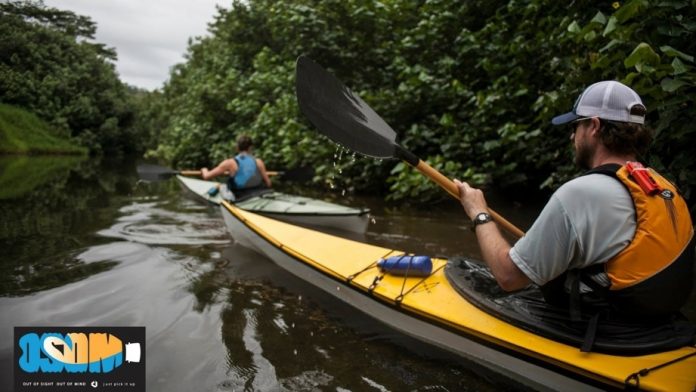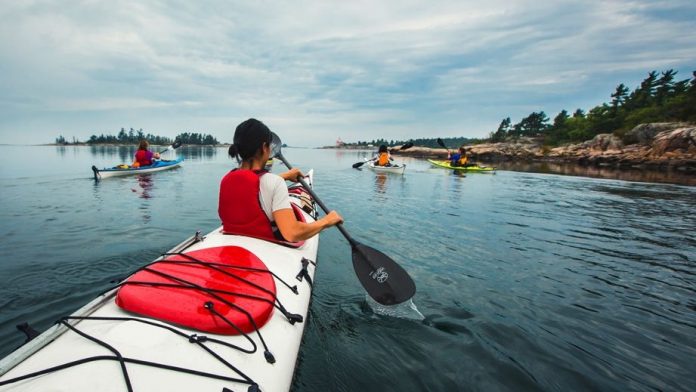Consider the evolution of climbing. Once upon a time there was only mountaineering. Then along came rock climbing. Now there’s indoor sport climbing. It reminds me of the Darwinian t-shirts we wore in college with the six stages of evolution from prehistoric ape to Homo sapiens. All still involve ropes (usually) and going uphill. Are they really the same sport? i doubt if climbing gyms feed Mount McKinley.
It was difficult for equitable journalist Conor Mihell to find anyone to go on record saying that whitewater parks are bad for the sport. No one in the industry is going to speak up and give municipal officials any reason to stop urban paddling developments. No one is going to bash a nationwide trend that’s reverting old dams into rivers, opening green spaces and putting butts in boats.
So are whitewater parks good for the sport?
If you only paddle in whitewater parks you’ve never considered death as an option. And why would you? If your boat gets pinned in a park, a lifeguard blows his whistle and an engineer inflates a baffle or dewaters the course. A mild annoyance to the guy downstream setting up for a pistol flip, but he’s come to expect it and he too doesn’t know any different.
Maybe I shouldn’t care, I’m past pushing myself to the edge. With a young family, death is not an option for me either. There is too much about paddling (and life) I want to share with my kids. Like, for example, adventure.
Whitewater parks offer leisure, a freedom academics say is intrinsically motivating in and of its own merits. For true adventure, however, the outcome must be uncertain. Information to complete a task (like getting to the bottom of the river) must be missing, vague or unknown. Think about changing water levels, leadership, morale, weather, unknown access and times when your own skill and confidence (or the group’s) may be challenged.
For real adventure you need real rivers. Riding a conveyor belt to the top of the rapids or locking your keys in your truck at the clubhouse is not adventure.
Whitewater parks are neither good nor bad for our sport, they are simply creating a new leisure-based paddlesport—a name for those who paddle only in parks will evolve over time.
I’ve paddled at parks and had a great time. However the soul of whitewater, like that of mountaineering and backcountry skiing, lives inside those of us who paddle where we are not quite sure how the day will end.
Scott MacGregor is the founder and publisher of Rapid and host of Rapid Media TV.
This article originally appeared in Rapid, Early Summer 2010. Download our free iPad/iPhone/iPod Touch App or Android App or read it here.



